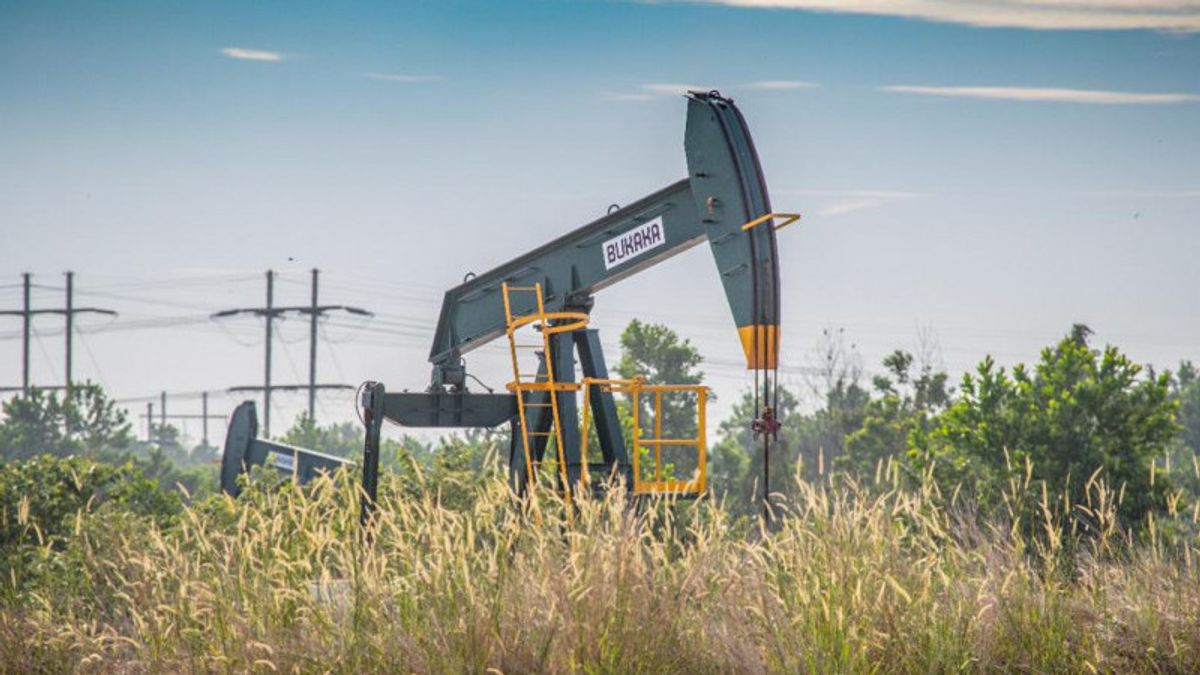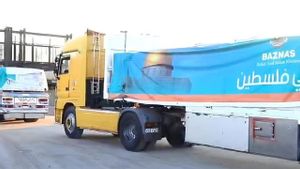JAKARTA - Carbon Capture Storage (CCS) and Carbon Capture Utilization and Storage (CCUS) technology is a new trend in dealing with energy transitions to achieve the global Net Zero Emission (NZE) target.
The government believes that the implementation of CCS/CCUS in Indonesia will be able to support the increase in oil and gas production while reducing greenhouse gas (GHG) emissions.
Representative of the Directorate General of Oil and Gas, Juniarto M Palilu, said that to support the use of CCS/CCUS in oil and gas business activities, the government has prepared regulations involving various parties and is expected to be completed in the near future.
In the draft regulation, it is regulated starting from the planning stage, implementation to closing injection.
"In the implementation stage, the KKKS is required to provide an emergency response system which includes risk assessment, emergency response procedures, emergency response equipment including early warning equipment, educated and trained personnel and periodic training," Juniarto said in a statement to the media, Monday, November 7.
Furthermore, related to the closure of injection, monitoring must be carried out to ensure the safety of workers, installations and equipment, the environment, and/or public safety.
Monitoring has been carried out since the CCS/CCUS planned implementation was approved up to 10 years after completion of injection closures.
Monitoring plans are carried out based on good technical rules, according to location characteristics, using direct or indirect methods to identify potential risks such as leakage, groundwater contamination, the integrity of the buffer zone layer, immune zone and geological traps, as well as other potential risks.
The importance of monitoring was also put forward by academics from the Bandung Institute of Technology (ITB), Muhammad Rahmat.
According to Rahmat, monitoring programs must be carried out within a certain period of time and need to be monitored for risks that can occur.
"It could be that after the closure of the injection there was a leak. So it must be identified to avoid this," he said.
The potential leak, according to Rahmat, is two kinds, namely first, leakage due to injecting CO2 where the bottom pressure is already high.
For this reason, a study must be carried out so that the cover rocks are strong to withstand additional rocks. Second, leakage from the production well borehole.
CCS-CCUS has been carried out in various developed countries such as Norway.
This is because the country imposes a carbon tax which is quite expensive, so business people choose to use this technology to suppress its emissions.
Meanwhile, for Indonesia, which does not impose a high carbon tax, it must find a solution so that business people want to carry out CCS-CCUS.
Just so you know, based on the IEA Roadmap for NZE 2050 in the energy sector, CCUS technology will contribute more than 10 percent of the cumulative global emission reduction by 2050.
As for Southeast Asia, to ensure that the Paris Agreement's goals can be achieved, CCS/CCUS' needs in Southeast Asia reach 35 million tCO2 by 2030 and more than 200 million tCO2 by 2050.
Indonesia has many oil and gas fields with high CO2 content. Currently, there are 15 CCS/CCUS activities in Indonesia which are still in the study/preparation stage, but are mostly targeted onstream before 2030.
The English, Chinese, Japanese, Arabic, and French versions are automatically generated by the AI. So there may still be inaccuracies in translating, please always see Indonesian as our main language. (system supported by DigitalSiber.id)









